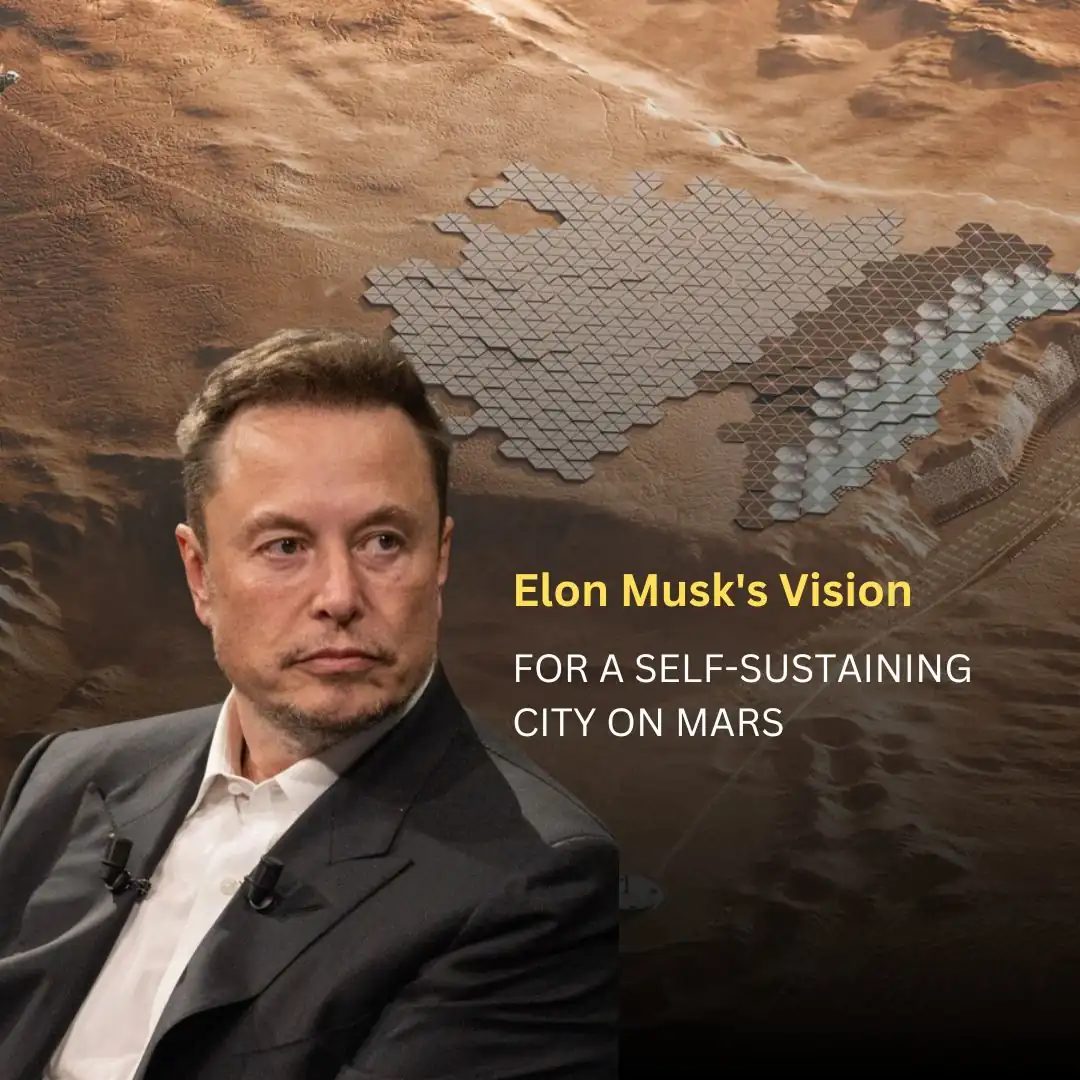In the face of climate change, humanity is at a crossroads. The impact of global warming is already being felt through extreme weather events, rising sea levels, and dwindling biodiversity. As the urgency to act grows, scientists, environmentalists, and innovators are looking for new ways to tackle this complex problem. One of the most promising avenues for combating climate change is Artificial Intelligence (AI), particularly machine learning. But how can these technologies, often associated with data analytics or automation, truly help save the planet? Let’s explore.
Understanding AI and Machine Learning
Before delving into the specifics of their role in climate change, it’s important to understand what AI and machine learning are. AI refers to computer systems designed to perform tasks that typically require human intelligence, like problem-solving, decision-making, and learning from data. Machine learning (ML), a subset of AI, involves algorithms that allow machines to “learn” from data and improve their performance without explicit programming.
In simple terms, machine learning can recognize patterns, make predictions, and optimize processes. This ability makes it an invaluable tool when applied to the complex and interconnected systems that contribute to climate change.
Predictive Modeling for Climate Forecasting
Machine learning has already shown great promise in the field of climate modeling. Traditional climate models rely on a variety of assumptions and can often be too general or inaccurate. However, machine learning algorithms can process vast amounts of data and identify hidden patterns, leading to more accurate climate predictions.
AI systems can analyze satellite imagery, weather data, and even historical climate trends to forecast future changes in temperature, sea levels, and weather patterns with greater precision. This predictive capability helps policymakers, scientists, and businesses make more informed decisions and prepare for the potential impacts of climate change.
Optimizing Energy Consumption and Reducing Emissions
One of the key contributors to climate change is the excessive consumption of fossil fuels, which leads to higher greenhouse gas emissions. Machine learning is helping to optimize energy use in a variety of industries, from transportation to manufacturing.
AI-powered systems can predict energy demand in real time, adjusting consumption based on usage patterns. In cities, AI can help reduce energy waste by optimizing heating, cooling, and lighting in buildings, leading to significant reductions in carbon footprints.
Moreover, AI is also playing a crucial role in improving renewable energy sources. By predicting weather patterns and optimizing the flow of energy in solar and wind farms, machine learning ensures that these clean energy sources are used efficiently and sustainably.
Enhancing Carbon Capture and Sequestration
Carbon capture and sequestration (CCS) is another critical strategy for addressing climate change. This technology involves capturing carbon dioxide emissions from power plants and other industrial sources, and then storing it underground or converting it into useful products. AI and machine learning are helping to improve the efficiency of CCS systems by monitoring emissions in real time and predicting the best storage locations.
Machine learning algorithms can also optimize the chemical processes used in carbon capture, increasing the amount of CO2 that can be extracted and safely stored, reducing the environmental impact of industrial activities.
AI in Reforestation and Biodiversity Preservation
Forests play a vital role in combating climate change by absorbing CO2 from the atmosphere. AI is being used to monitor deforestation, track biodiversity, and optimize reforestation efforts. Machine learning models analyze satellite images and drones to detect illegal logging activities and track changes in forest cover.
AI is also helping scientists monitor endangered species and biodiversity hotspots. By analyzing patterns in animal movements, AI can help predict areas at risk of habitat loss, guiding conservation efforts in real time.
Supporting Sustainable Agriculture
Agriculture is both a contributor to climate change and one of the sectors most vulnerable to its effects. AI and machine learning are being used to develop sustainable farming practices that minimize the environmental impact of agriculture while improving crop yields.
Machine learning algorithms can predict weather conditions and soil health, helping farmers make more informed decisions about irrigation, fertilization, and pest control. By optimizing these processes, AI not only reduces water and chemical waste but also improves food security, making agriculture more resilient to the challenges posed by climate change.
The Challenges and Ethical Considerations of AI in Climate Change
While AI and machine learning offer tremendous potential for addressing climate change, there are challenges to consider. The development and deployment of AI technologies require substantial amounts of energy and resources, which can contribute to environmental degradation if not managed sustainably.
Moreover, there are ethical concerns related to data privacy, equity, and accountability. As AI systems become more integrated into climate action efforts, it is crucial to ensure that they are used transparently and fairly, particularly in regions that are most vulnerable to climate change.
Conclusion: A Partnership for the Planet
The role of AI in climate change is not just a theoretical possibility; it is already happening. From optimizing energy consumption to advancing renewable energy technologies and preserving biodiversity, AI is playing a pivotal role in our fight against global warming. However, it is essential that we continue to explore the ways AI can be used responsibly, ensuring that the benefits are shared equitably and that its development is sustainable.
Machine learning alone will not save the planet, but when combined with global efforts to reduce emissions, protect ecosystems, and develop sustainable practices, it offers hope for a more sustainable future. By embracing the power of AI, we can take the next step in reversing the damaging effects of climate change and work towards a healthier planet for generations to come.






Leave a Reply